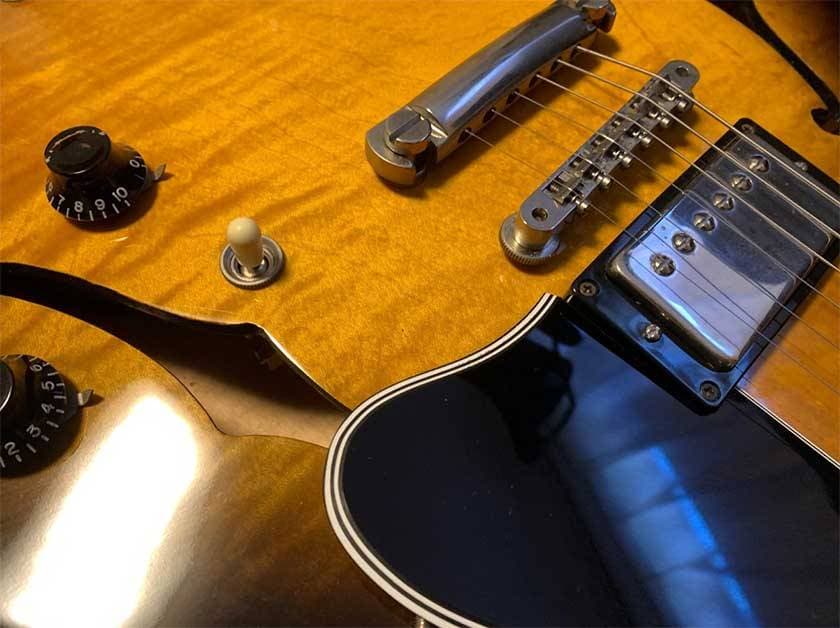
Hello, this is Conservatorio.
The electric guitar requires more than just the guitar itself; you’ll need a variety of tools to get started:
Picks, amps, cables, tuners, stands, and more.
While you can technically play without some of these, there are a few essentials you’ll want to have on hand as you progress.
Let’s go through them in order of importance.
① Electric Guitar Itself
First and foremost is the guitar. This is the main piece, and without it, there’s no starting point.
You can always find alternatives for other tools, but you need the guitar itself. If you want to play electric guitar, please purchase an electric guitar.
Many people say, “I have an old acoustic guitar at home, so I’ll start practicing with that,” but I don’t really recommend it.
While they may look similar, acoustics and electrics are actually quite different instruments.
I’ll cover this in more detail in another post, but everything—from how you hold and play it, to maintenance, and how it’s used in live performances or recording—is almost entirely different.
Because they share the name ‘guitar’ and look somewhat similar, many people assume they’re close, but you should think of them as different instruments.
PLAYTECH / ST250 Maple Sunburst
② Pick
The next essential item is a pick.
A pick is a small, triangular tool used to pluck the strings.
Some can be as cheap as 100 yen, so at first, try buying a variety of types.
Some people only own one, but picks top the list of items that guitarists frequently lose.
Black picks, in particular, have a mysterious tendency to disappear quickly, so I recommend getting picks in white or blue.
Even if you plan to play with your fingers, you should still have picks on hand. Techniques like strumming and speed picking are built around using a pick.
There are various shapes, materials, and thicknesses available, and I personally recommend a teardrop-shaped, 1mm-thick pick.
If you’re unsure where to start, get this one.
Jim Dunlop / Tortex Wedge 1.00mm
③ Tuner
After your guitar and pick, a tuner is the next essential item.
A tuner is a tool that helps you adjust your guitar’s tuning and pitch to the correct notes.
Unless you have perfect pitch, this is a must-buy.
While some people use a piano or pitch pipe, beginners should tune with a tuner to avoid the hassle.
You might hear people saying, “Only beginners need a tuner to tune!” If you come across this advice online or from people around you, ignore it.
People who say things like this casually are usually neither professionals nor advanced players, so don’t be misled.
Here’s a tip: if you have a smartphone or computer, there are plenty of free tuner apps available.
However, these apps are useless when you can’t use your phone, and many have their own quirks.
Investing in a proper tuner will ensure you’re always playing with accurate pitch.
Korg / Pitchclip 2 Clip-On Tuner
④ Amplifier & Cable
Finally, let me talk about an amp and cable.
An amp is a device that amplifies the sound of your electric guitar.
A cable connects your guitar to the amp.
These two items go hand-in-hand; you need both to actually use them.
An amp alone or a cable alone won’t do you much good.
While you can technically play an electric guitar without an amp, it won’t sound like an electric guitar.
Unlike an acoustic guitar, where the body amplifies the sound, an electric guitar relies on an amp to produce the full effect.
Some people practice without an amp to avoid noise issues, but I don’t recommend this.
—You’ll likely develop bad habits.
Wondering why? Simply put, playing without an amp ignores the impact of noise and resonance.
If you have a guitar, try playing the open sixth (low E) string.
Notice how the sixth string vibrates, but so does the first (high E) string.
This is because they are tuned to the same E note, which causes resonance.
You need to use your left or right hand to mute these unnecessary sounds to prevent unwanted noise.
Electric guitar sounds are fairly quiet without amplification.
Without an amp, you won’t hear these resonances or extra noises clearly.
When people who usually practice guitar unplugged occasionally play at high volume through an amp in a studio, the noise and resonant sounds keep ringing out, making it difficult to perform in a musically controlled way.
Many amps now allow for headphone connections, so you can practice with amplified sound without disturbing others.
To avoid developing poor technique, start practicing with an amp sooner rather than later.
Here are some recommended options:
Canare / LC03 Black Shielded Cable 3m
■ Summary
I’ve introduced the guitar, pick, tuner, amp, and cable.
With these five items, you’re set to begin.
In fact, they’re all equally essential; without them, you can’t really play electric guitar.
Although I didn’t mention them here, items like a stand to hold your guitar or a capo for changing keys are also handy, but not absolutely necessary.
You can buy those when you’re ready.
I hope this guide has been helpful for those starting out with electric guitar.
Thank you for reading to the end!
The “sound & person” column is made up of contributions from you.
For details about contributing, click here.





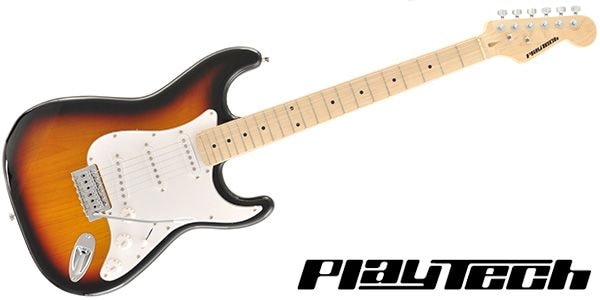


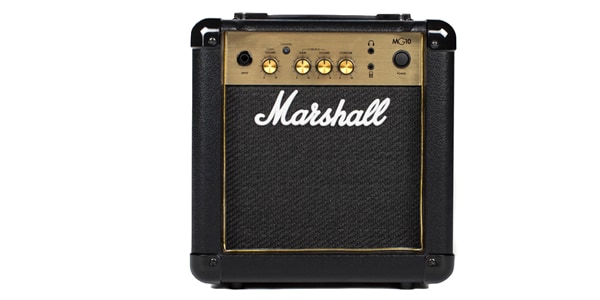
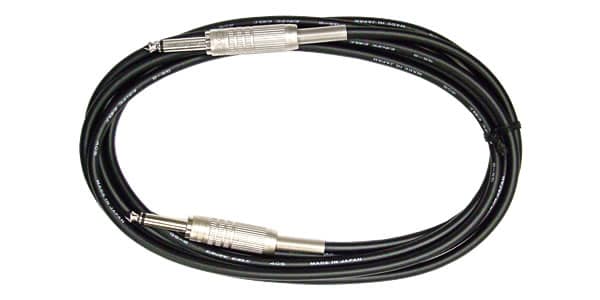

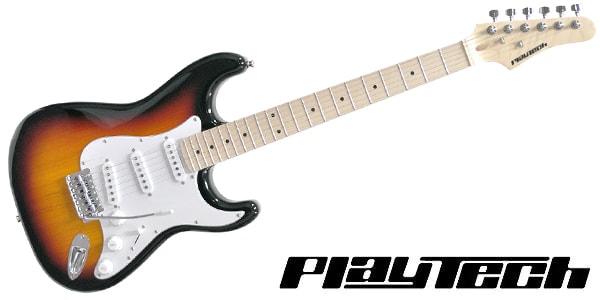









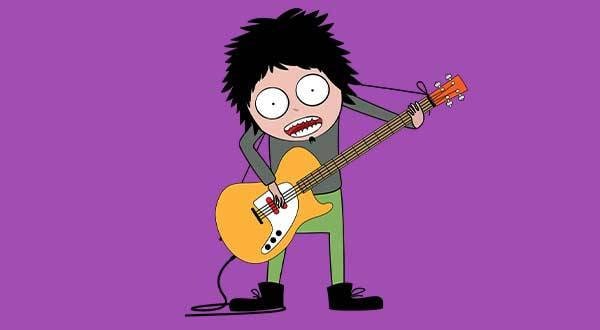
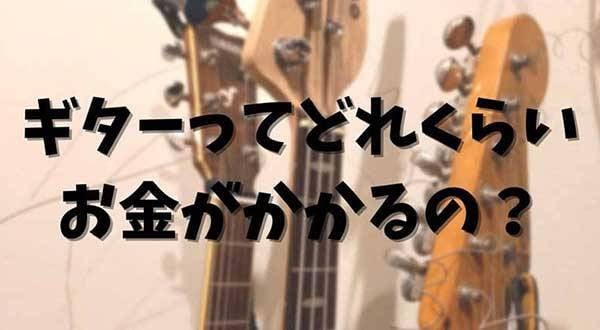
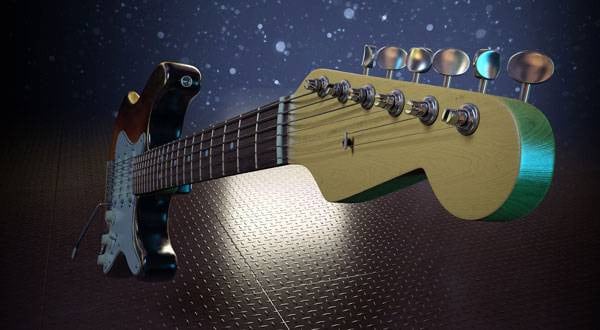
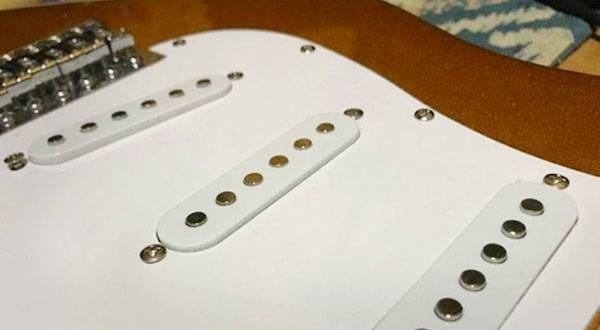

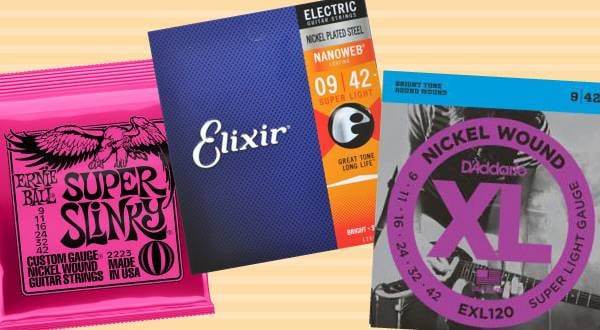
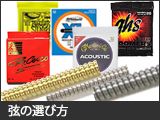 エレキギター弦の選び方
エレキギター弦の選び方
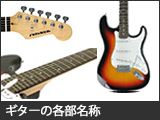 ギターの各部名称
ギターの各部名称
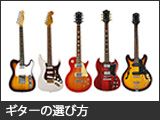 ギターの選び方
ギターの選び方
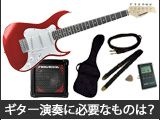 ギター演奏に必要なものは?
ギター演奏に必要なものは?
 ギタースタートガイド
ギタースタートガイド
 めちゃラク!ギター講座
めちゃラク!ギター講座















